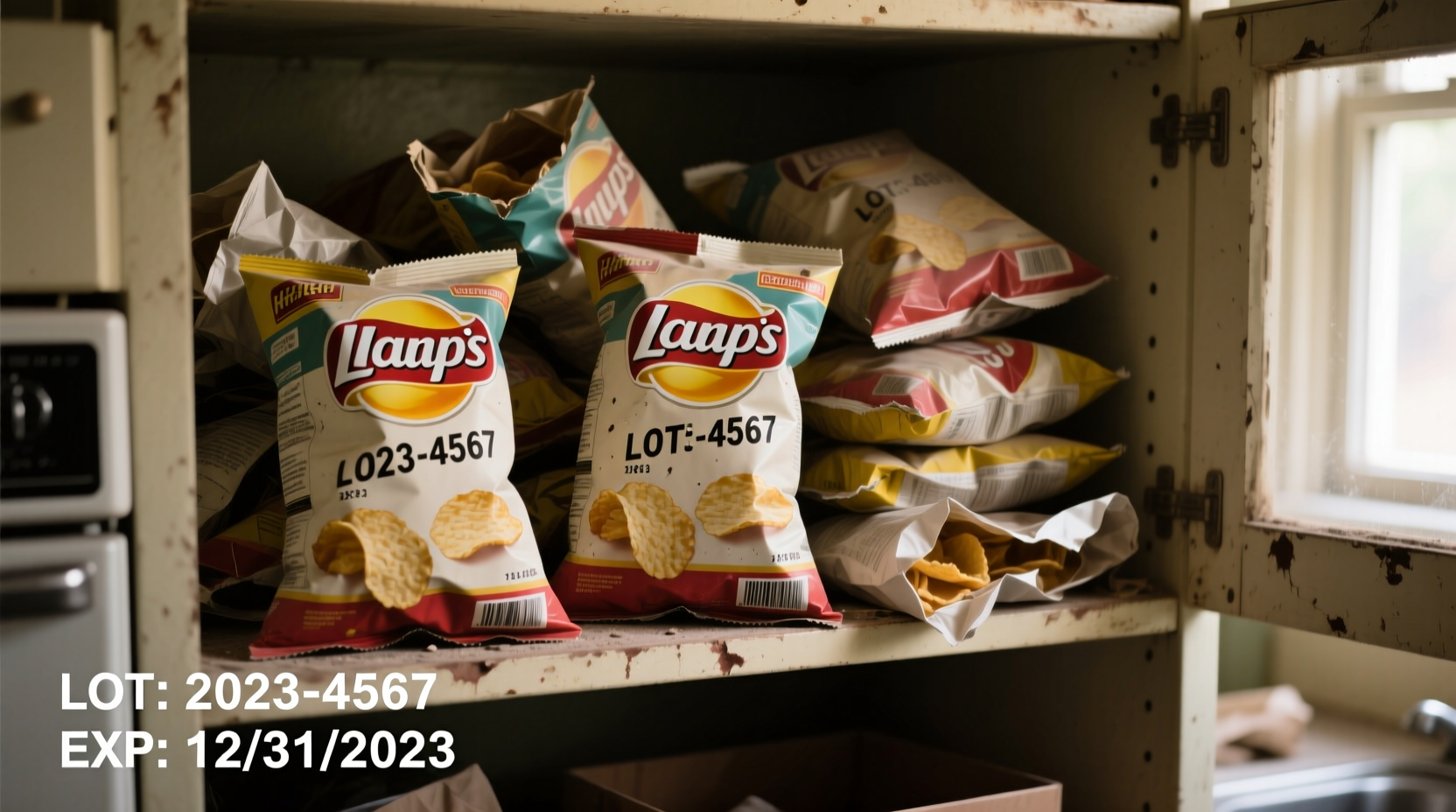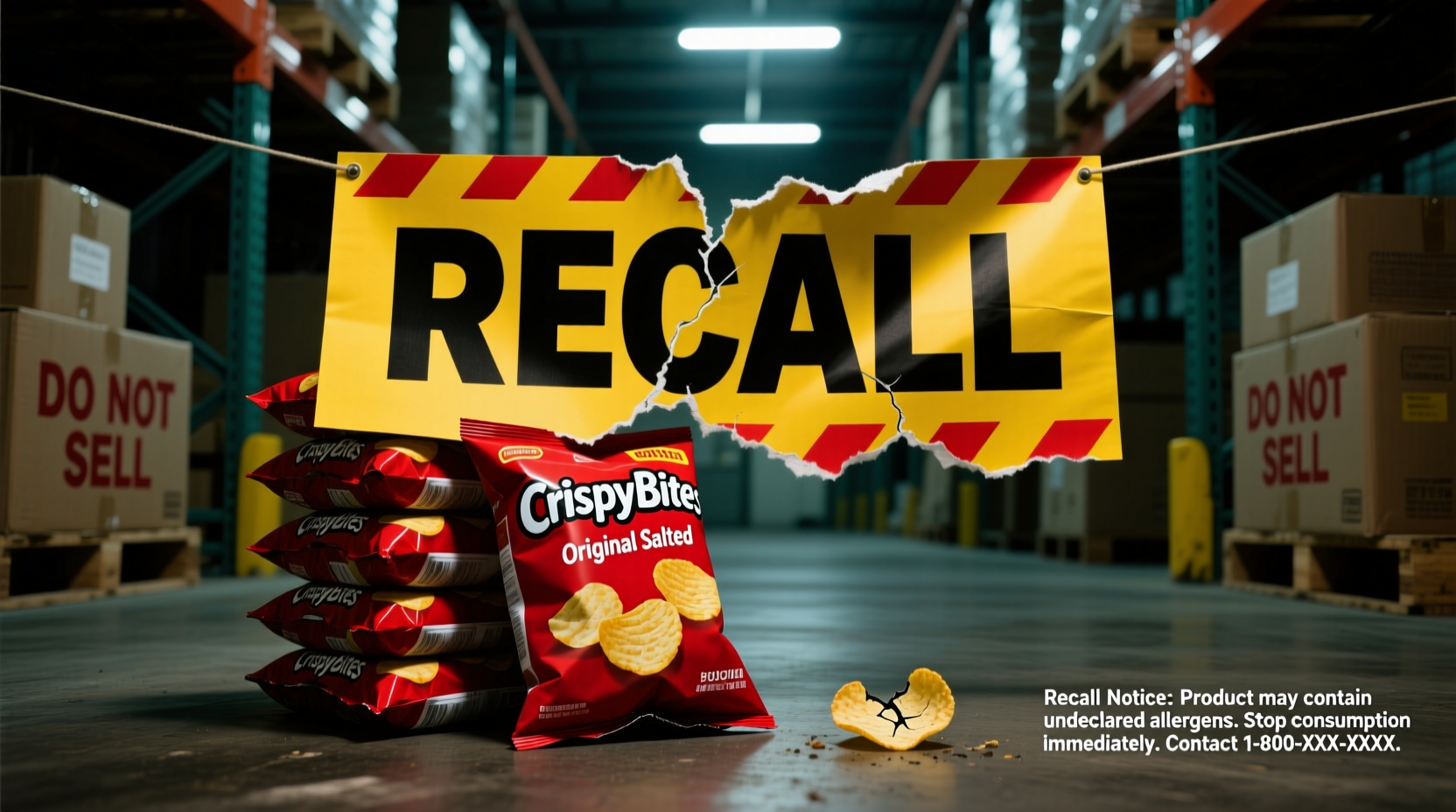Immediate Action Required: Your Complete Guide to the 2024 Potato Chip Recall
If you’re reading this, you likely have potato chips in your pantry and need to know immediately whether they’re part of the current safety alert. This guide delivers verified information from FDA sources so you can protect your family without confusion or delay.
What’s Happening Right Now
As of February 2024, the FDA has confirmed a voluntary recall of multiple potato chip varieties due to potential Listeria monocytogenes contamination. This isn’t a theoretical risk – public health officials have traced several illness cases to affected products. The contamination originated at a third-party manufacturing facility supplying multiple brands.
Unlike previous minor recalls, this situation requires immediate consumer action. Listeria can cause severe illness in vulnerable populations, with symptoms appearing up to 70 days after consumption. The affected products look and smell normal, making visual inspection useless for detection.
| Brand Name | Affected Varieties | Package Sizes | Lot Code Range |
|---|---|---|---|
| Utz | Original, Sour Cream & Onion | 7oz, 10oz bags | UTZ2024-UTZ2045 |
| On The Border | Restaurant Style, Lightly Salted | 9.5oz, 12oz bags | OTB2024-OTB2045 |
| Various Store Brands | Plain, BBQ, Salt & Vinegar | 6oz-14oz bags | See store-specific listings |
How to Check Your Products in 60 Seconds
Don’t waste time searching through marketing claims – follow these precise steps:
- Locate the lot code (usually printed on back near expiration date)
- Verify it falls within the affected range shown in the table above
- Check expiration dates through May 15, 2024
- Examine packaging seals for any irregularities
- Compare against FDA’s official photos of affected products
- When in doubt, throw it out – don’t risk consumption

Understanding the Listeria Risk Timeline
Knowing the progression of potential contamination helps assess your risk level:
- January 15-February 10, 2024: Affected production period at manufacturing facility
- February 12, 2024: Initial consumer illness reports to state health departments
- February 18, 2024: FDA confirms Listeria match between patient samples and facility swabs
- February 20, 2024: Voluntary recall initiated by manufacturer
- February 22, 2024: Recall expanded to include additional distribution channels
Crucially, Listeria symptoms may take weeks to appear. If you consumed products from affected lot codes within the past two months, monitor for fever, muscle aches, and gastrointestinal issues. Pregnant women, elderly individuals, and immunocompromised persons face highest risk.
What to Do If You Have Affected Products
Follow this verified action sequence:
- Isolate immediately: Place products in sealed plastic bag away from other food
- Document evidence: Take clear photos of packaging and lot codes
- Contact retailer: Most major stores are offering instant refunds without receipt
- Report consumption: If eaten within past 30 days, contact FDA’s Safety Reporting Portal
- Monitor health: Watch for symptoms for up to 70 days after potential exposure
Why This Recall Differs From Previous Incidents
Food safety experts note three critical distinctions in this situation:
- Stealth contamination: Unlike visible foreign objects, Listeria requires lab testing for detection
- Extended incubation period: Symptoms may appear long after consumption, complicating tracing
- Multi-brand impact: Single manufacturing source affected numerous retail labels
"This represents a perfect storm scenario," explains Dr. Elena Rodriguez of the FDA’s Center for Food Safety. "The pathogen’s ability to survive in dry environments like chip manufacturing facilities makes this particularly challenging."
Staying Informed About Future Alerts
Protect yourself from future incidents by implementing these verification practices:
- Sign up for FDA recall email alerts at fda.gov/recall-alerts
- Download the FoodKeeper app (USDA-developed) for real-time recall notifications
- Check manufacturer websites directly – don’t rely solely on retailer announcements
- Verify recalls through multiple authoritative sources before sharing information
Remember that legitimate recalls always include specific lot codes and production dates – vague statements about “certain batches” indicate unverified information.
Official Resources for Verification
Always confirm recall information through these primary sources:
- FDA’s Official Recall Notice: fda.gov/potato-chip-recall-notice
- USDA Food Safety Hotline: 1-888-723-3366 (available 24/7)
- CDC Listeria Information Page: cdc.gov/listeria/recall-202402
- Manufacturer’s Recall Portal: utzqualityfoods.com/recall











 浙公网安备
33010002000092号
浙公网安备
33010002000092号 浙B2-20120091-4
浙B2-20120091-4